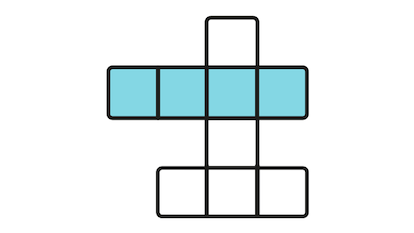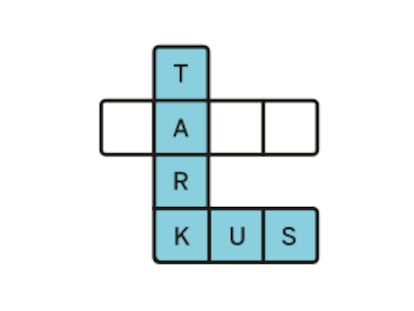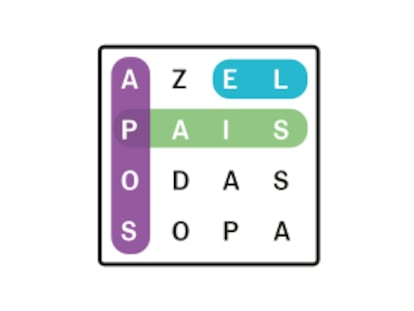How healthy cells take orders and cancer cells run amok
One of the most fascinating mysteries in life is the process by which one fertilized egg develops into a whole organism composed of trillions of cells, each with its own specialized shape and function. How is this achieved? Communication is the key.
In the growing and developing embryo, cells continuously communicate with each other as to their location and activities in order to ensure that the organism develops correctly. The molecular messengers used in this process are signalling proteins (ligands) that are secreted outside the cell. These ligands move to nearby cells, where they bind to specific protein receptors on the cell surface. The ligand–receptor pairs at the surface then trigger changes in protein behaviour in the interior of the cell – so transmitting the signal. In this manner, the ligand-sending cells instruct their neighbours to, for example, replicate by cell division, migrate to another location or adopt a specific function. Importantly, the developmental signals are turned “on” and “off” in a highly controlled way to prevent excessive growth.
In adults, similar systems operate to keep the tissues of the organs (e.g., the intestine or the skin) in optimal condition. Dedicated niches in tissues maintain populations of stem cells in a state that prevents them from undergoing functional specialization. Once these stem cells receive an activating signal, a few leave the niche and rapidly divide to generate a large population of daughter cells. Subsequently, through the combined activity of multiple ligands, the daughter cells acquire specialized shape and function (e.g., mucus-secreting goblet cells in the intestine or sweat gland cells in the skin), which allows them to dedicate the rest of their lives to support and maintain the integrity and activity of the organ tissue.
Cancer cells typically misuse these instructive signals by inappropriately turning them “on”, leading to unrestrained growth and tumour formation. Acquired genetic mutations in cancer cells lead to deleterious alterations in the function of proteins that would otherwise process and tune the signals received at the cell surface. As a consequence, the mutated cancer cells start to divide rapidly, even though no order was received at the cell surface. In other words, cancer cells fail to communicate properly and become indifferent to instructions from the surrounding tissue.
In my research group at the Department of Cell Biology, University Medical Center Utrecht, The Netherlands, our primary focus is on two central questions: How do cells take orders at the cell surface and process the message to bring about a cellular response? And, how do mutations derail these signalling systems in cancer?
To answer these questions, we focus on one family of ligands, the so-called Wnt proteins – the name of which is a contraction of the gene names Int-1 (mouse) and Wingless (fruitfly), discovered about 30 years ago. Wnt proteins are critically involved in the instruction of cell behaviour during embryonic development. They control cell division, functional specialization and, importantly, the maintenance of stem cell compartments in embryos and adults.
We use an integrated approach to study how cells process Wnt signals, at the level of isolated proteins, cultured cells and in the complex tissues of living organisms. Solving these issues is of tremendous importance in understanding human development at the cellular level. Moreover, as many human diseases – most notably cancer – are linked to defects in Wnt signalling, insight into the normal and pathological sequence of events will aid in the development of novel therapies for human disease.
To achieve a comprehensive understanding of how signalling proteins talk to each other in normal and cancer cells, we zoom in on these proteins to acquire information about their three-dimensional structure and learn how mutations affect their shape and function. To this end, we purify the healthy and mutated proteins and study these using biophysical methods and biochemistry. Once we know what is wrong, we zoom out to understand how the damaged protein contributes to the aberrant growth of cells within complex tissues of living organisms, using tissue culture and advanced imaging techniques.
Obviously, one single laboratory cannot cover all the different specialized disciplines that are involved in this process. Thus, the people in my group collaborate with colleagues from laboratories all over the world. Clearly, for success in scientific research, communication is also the key.







































































